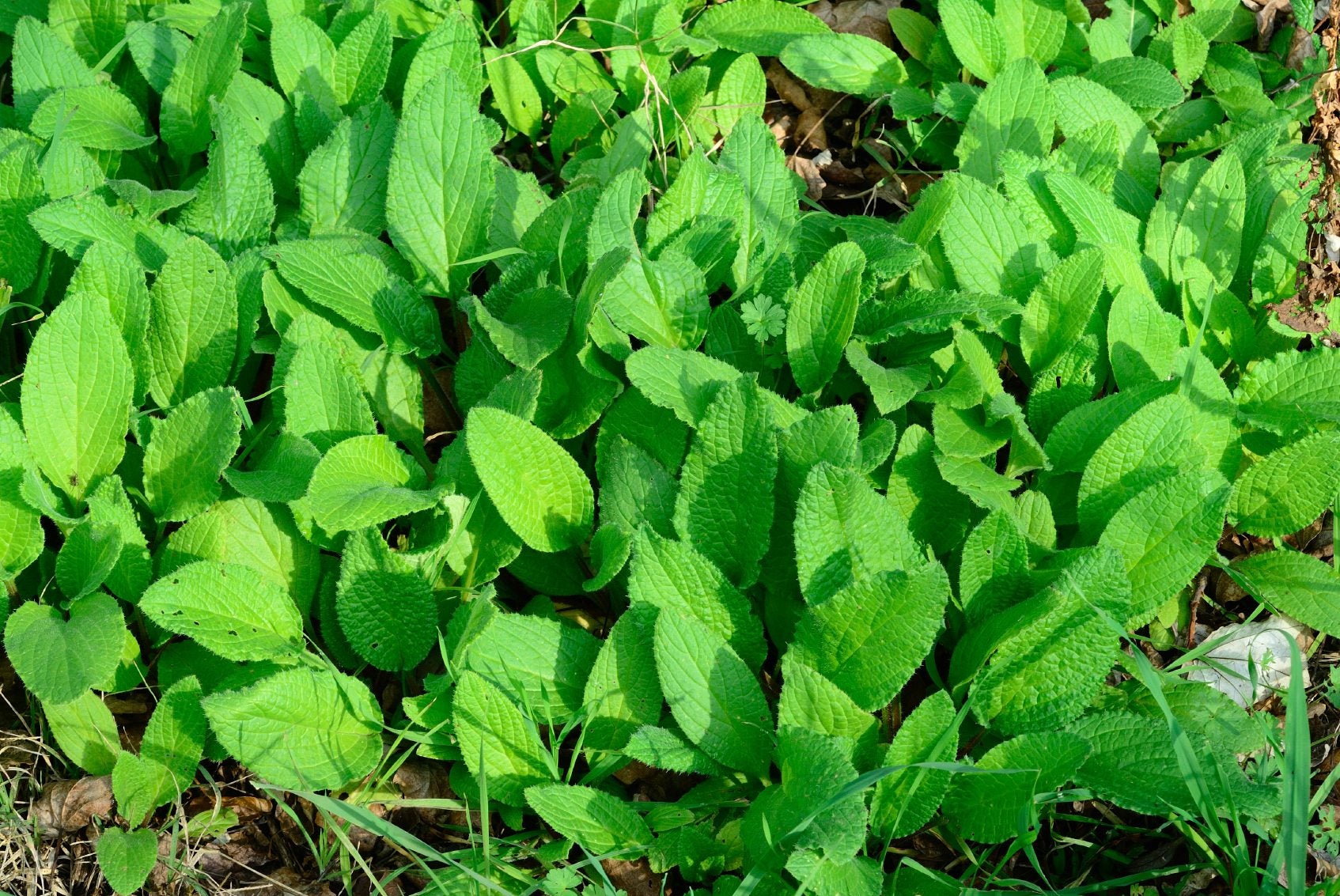Borage Harvesting: How And When To Harvest Borage Plants

Sage, rosemary, and thyme are perennial staples of most herb gardens, but don’t forget the annuals. A hardy annual, suited to all USDA hardiness zones, is borage. This self-seeding herb is easy to grow and if allowed to bloom and set seed will provide year upon year of edible blue blossoms as well as foliage. The question is, when and how to harvest borage?
How and When to Harvest Borage
Before we get into borage harvesting, a little more info about the plant is useful. An ancient herb, borage also goes by the names “bee plant,” “bee bread,” talewort, starflower, and cool-tankard. The reference to bees is particularly apt, as the plant is an excellent bee attractor with its also aptly named star-shaped flowers. Borage flowers are usually bright blue, but the cultivar ‘Alba’ has white flowers. Although borage self-seeds, it is less likely to be invasive than herbs such as mint. Borage spreads from seeds above ground rather than underground stolons like mint. The plant can be top heavy with the weight of its cluster of flowers and will reach a size of between 18 and 36 inches (46-91 cm.) high by 9 to 24 inches (23-61 cm.) across. Not only is borage beneficial to pollinating bees, but it seems to improve the quality of other plants. It is often grown in conjunction with cucumber, beans, grapes, squash, and peas. Borage is high in calcium and potassium, so many folks plant it with their tomatoes to stave off blossom end rot, which is the result of a lack of calcium. Potassium also helps plants set fruit, so a little borage in the garden may go a long way towards engendering healthy and bountiful crops. Borage (Borago officinalis) is of Mediterranean origin and, as such, thrives in full sun, although it will tolerate light shade. Direct sow seeds ¼ inch (6 mm.) deep in rows set 18 inches (46 cm.) apart in February or March. Germination should occur within a week or two. When the seedlings are two inches tall, thin to about 12 to 15 inches (31-38 cm.) apart. Seeds can be readily obtained at nurseries, garden centers, or via the internet. Or, if you know someone who is growing the herb, you might try harvesting borage seeds yourself. Harvesting borage seeds is pretty easy since, unlike many other seeds, borage seeds are fairly large. They look like small, hard seed pods with grooved sides and a cap on the top.
Borage Harvesting
Both the leaves and flowers of borage are edible with a flavor much akin to a cucumber. The stalks and leaves are covered with fine, silvery hairs that tend to get pricklier as they mature. Borage leaves contain a small amount of silica, which for some people can act as an irritant. It’s wise to handle the plant with gloves while picking borage leaves and even in the kitchen if you know or think you may be susceptible. When picking borage leaves, select the young ones, which will have less of the little hairs. Continual harvesting and deadheading will allow for a longer period of use.
Sign up for the Gardening Know How newsletter today and receive a free copy of our e-book "How to Grow Delicious Tomatoes".

Amy Grant has been gardening for 30 years and writing for 15. A professional chef and caterer, Amy's area of expertise is culinary gardening.
